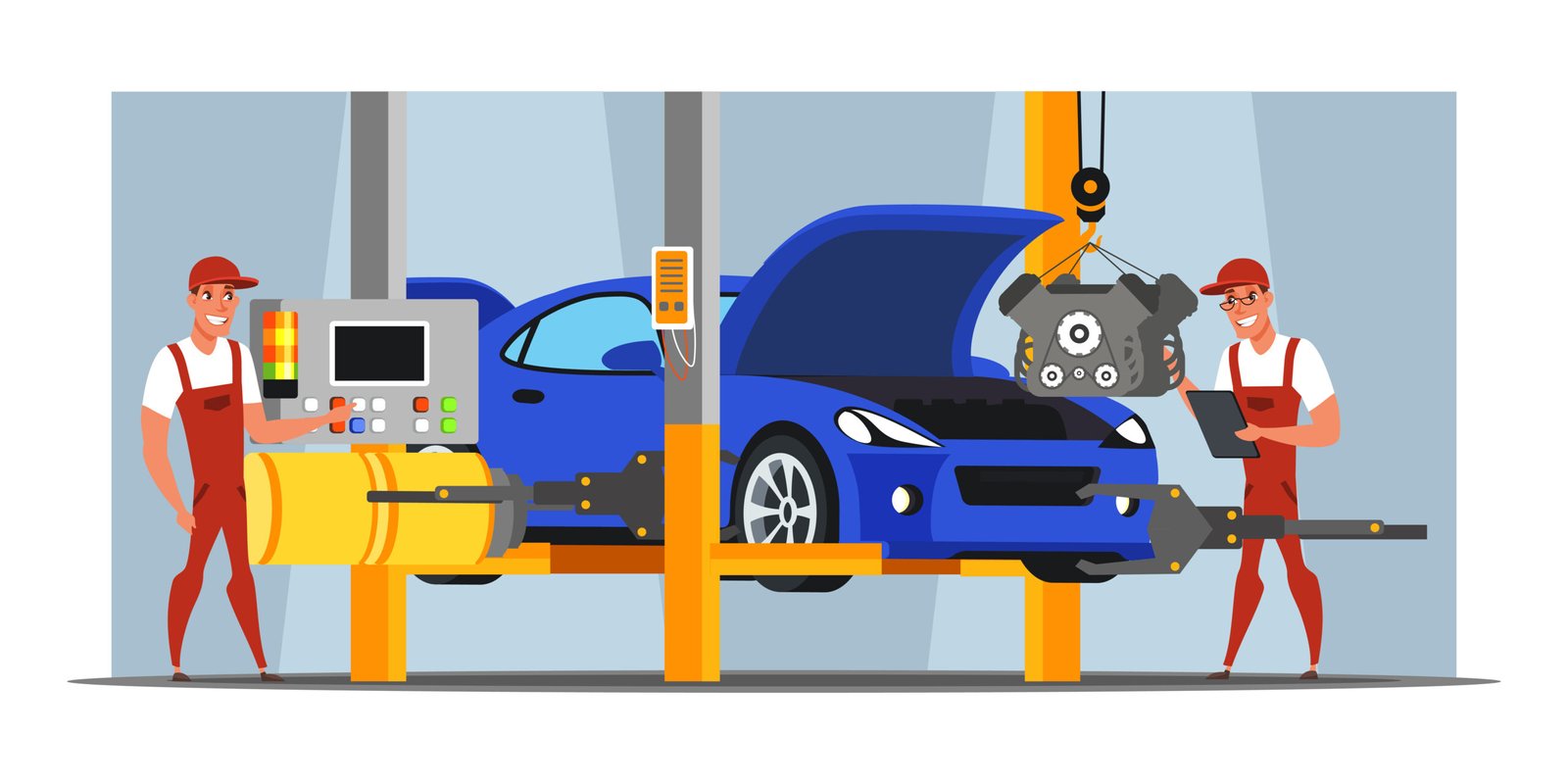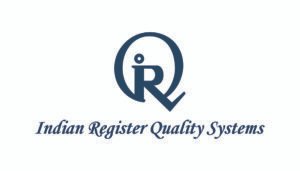Tag: iatf 16949 pdfiso 9001 and iatf 16949 correlation matrix

IATF 16949 vs. ISO 9001: Key Differences and Transitioning Tips
Quality management systems or QMS are vital for organizations. The system is essential to ensure that the products and services follow and live up to the expectations of the customers and meet their requirements. Simply put, it exhibits if the products or services are of high quality. ISO 9001:2015 and IATF 16949:2016 are two extensively recognized standards for quality management. However, there are multiple differences. ISO 9001 is a generic QMS standard. It is apt for all industries and sectors. Find its application everywhere – from agriculture to manufacturing. The QMS is maintained by ISO. In contrast, the IATF 16949 reflects features that make it completely different. The AITF standard is maintained by the International Automotive Task Force. Even though there are differences between IATF 16949 and ISO 9001, the foundation is exclusive. It means both are built on the same foundation. For instance, a company in the automotive sector can implement both ISO 9001 requirements and IATF 16949-specific requirements. Objective – The prime difference ISO 9001:2015 is an all-inclusive quality management standard, and it can be applied to any type of organization. It is apt for all organizations, regardless of size, type, or industry. The quality management system outlines the fundamental requirements for developing, implementing, and maintaining a QMS. It ensures optimal focus on customer satisfaction, continual improvement, and engagement of stakeholders. IATF 16949:2016 certification comprises a specific quality management standard for the automotive industry. It is based on ISO 9001:2015. The IATF 16949:2016 certification includes additional requirements, suitable for the automotive industry. It covers critical aspects like – product traceability, production control measures and service provision, and dynamic customer-specific requirements. IATF 16949:2016 is ideal for automotive manufacturers and product suppliers. In fact, the certification is mandatory for those operating with OEMs or original equipment manufacturers in the automotive industry. Additional requirements – Marking the difference. Both ISO 9001:2015 and IATF 16949:2016 define the prime requirements for a QMS. But there is more. The IATF 16949:2016 certification comprises additional norms and requirements, specific to the automotive industry. The prime differences in requirements are – In a nutshell – A comprehensive overview There are multiple differences between IATF 16949 vs. ISO 9001. But there is more to explore. In fact, IATF 16949 is based on ISO 9001 norms, and it combines the dynamic ISO 9001 requirements. Both certifications offer integral benefits, including – a) Efficient internal management b) Reduced wastage in production c) Enhanced efficiency, productivity, and profits d) Optimal employee engagement e) Maximized customer retention and acquisition f) Consistent production quality Transition is a critical step – Explore the details. The transition from ISO 9001 to IATF certification norms is a step-by-step journey. Experts can help you through the transition. With them, identify the diverse benefits of the updated IATF 16949:2016. The essential aspects of the transition process 1. Obtain a fresh overview of your quality management system 2. Attend the transition training courses and recognize the prime differences 3. Recognize the prime changes to enjoy the diverse improvement opportunities 4. Ensure a well-documented system and obtain an overview of the additional requirements for the quality management standard 5. Implement new requirements on leadership, risk, and context of organization 6. Review the effectiveness of the current quality control system 7. Maintain an impact assessment case study to ease the needs A straightforward approach – Realize the essentials. Transferring the IATF 16949:2016 certification is an effortless solution once you realize the vital rules. One can consult an expert and review the certification body’s contractual terms and conditions. It will help you facilitate the transition process and understand the audit cancellation policies and fees. The quality assessment specialists and service team of experts ease the requirements, helping you navigate the needs for a fuss-free certification transition. ISO and IATF certifications – Explore the benefits. IATF certifications and ISO certifications necessitate optimal effort and commitment. It depends significantly on the manufacturer. Despite the critical steps, one must focus on the following aspects and avoid inconveniences. Closing advice Make a wise choice by considering expert assistance and smoothen the transition process for certification requirements. Ease the worries with the industry specialists and enjoy their professional assistance.
Search
Useful Links
Recent Posts

Reasons why ISO Certification is so important in the mining industry

How to Get ISO Certified as a Financial Institution: A Step-by-Step Guide



